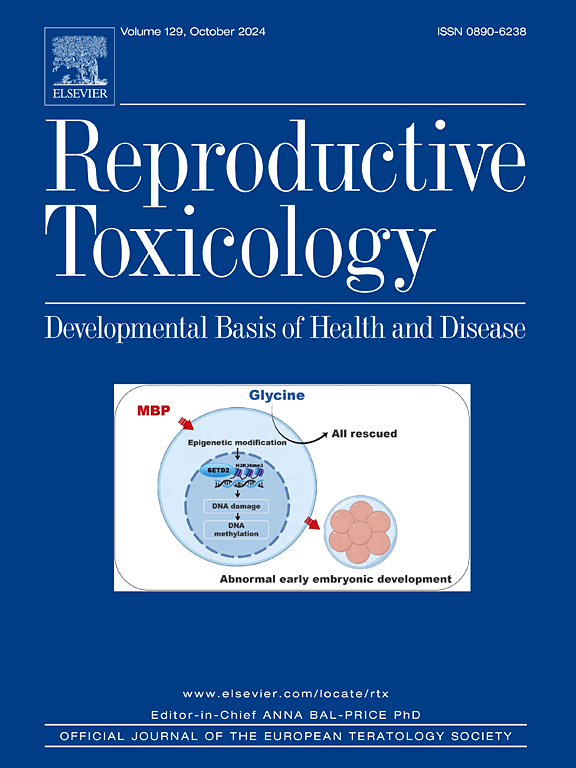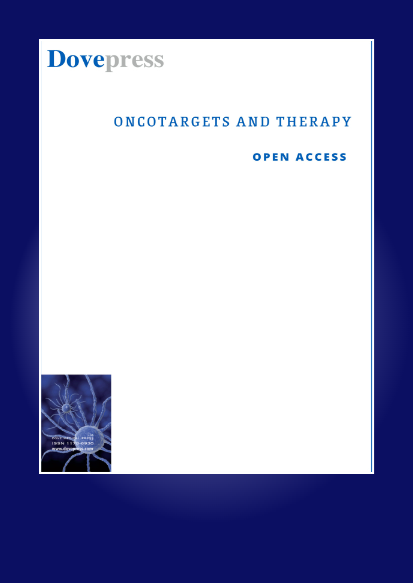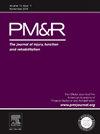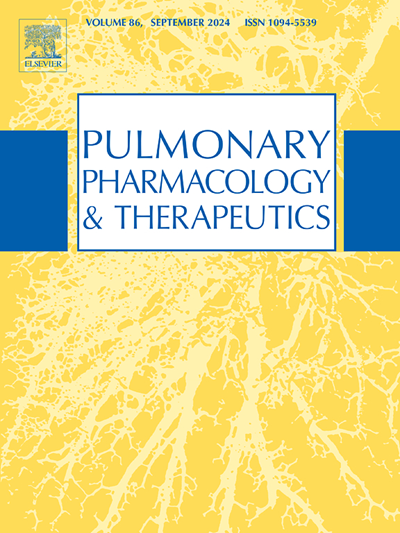中文名称:
生殖毒理学
期刊缩写:
Reprod. Toxicol.
影响因子:
2.8
ISSN:
print: 0890-6238
on-line: 1873-1708
on-line: 1873-1708
研究领域:
生物-毒理学
创刊年份:
1987年
h-index:
99
自引率:
3.00%
Gold OA文章占比:
25.19%
原创研究文献占比:
92.59%
SCI收录类型:
Science Citation Index Expanded (SCIE) || Scopus (CiteScore)
期刊介绍英文:
Drawing from a large number of disciplines, Reproductive Toxicology publishes timely, original research on the influence of chemical and physical agents on reproduction. Written by and for obstetricians, pediatricians, embryologists, teratologists, geneticists, toxicologists, andrologists, and others interested in detecting potential reproductive hazards, the journal is a forum for communication among researchers and practitioners. Articles focus on the application of in vitro, animal and clinical research to the practice of clinical medicine.
All aspects of reproduction are within the scope of Reproductive Toxicology, including the formation and maturation of male and female gametes, sexual function, the events surrounding the fusion of gametes and the development of the fertilized ovum, nourishment and transport of the conceptus within the genital tract, implantation, embryogenesis, intrauterine growth, placentation and placental function, parturition, lactation and neonatal survival. Adverse reproductive effects in males will be considered as significant as adverse effects occurring in females. To provide a balanced presentation of approaches, equal emphasis will be given to clinical and animal or in vitro work. Typical end points that will be studied by contributors include infertility, sexual dysfunction, spontaneous abortion, malformations, abnormal histogenesis, stillbirth, intrauterine growth retardation, prematurity, behavioral abnormalities, and perinatal mortality.
期刊介绍中文:
Reproductive Toxicology是一本专注于毒理学和生殖生物学领域的sci期刊。Reproductive toxicology期刊的2023-2024年最新影响因子为3.3。除了原创研究文章外,Reproductive Toxicology还发表解释性评论文章、社论、信件、书评和会议公告。
CiteScore:
| CiteScore | SJR | SNIP | CiteScore排名 |
|---|---|---|---|
| 6.5 | 0.792 | 0.753 | 学科 排名 百分位 大类:Pharmacology, Toxicology and Pharmaceutics 小类:Toxicology 42 / 133 68% |
发文信息
中科院SCI期刊分区
2025年3月20日发布
| 大类 | 小类 | TOP期刊 | 综述期刊 |
|---|---|---|---|
| 3区 医学 | 4区 生殖生物学 REPRODUCTIVE BIOLOGY 3区 毒理学 TOXICOLOGY | 否 | 否 |
2023年12月发布
| 大类 | 小类 | TOP期刊 | 综述期刊 |
|---|---|---|---|
| 4区 医学 |
3区
毒理学
TOXICOLOGY
4区
生殖生物学
REPRODUCTIVE BIOLOGY
|
否 | 否 |
WOS期刊分区
| 学科分类 |
|---|
Q2REPRODUCTIVE BIOLOGY Q2TOXICOLOGY |
历年影响因子
| 2015年 | 2.8500 |
|---|---|
| 2016年 | 2.3410 |
| 2017年 | 2.5800 |
| 2018年 | 3.2000 |
| 2019年 | 3.1210 |
| 2020年 | 3.1430 |
| 2021年 | 3.4210 |
| 2022年 | 3.3000 |
| 2023年 | 3.3000 |
| 2024年 | 2.8000 |
历年发表
| 2012年 | 333 |
|---|---|
| 2013年 | 227 |
| 2014年 | 223 |
| 2015年 | 279 |
| 2016年 | 316 |
| 2017年 | 325 |
| 2018年 | 277 |
| 2019年 | 237 |
| 2020年 | 227 |
| 2021年 | 159 |
| 2022年 | 131 |
投稿信息
出版周期:
Bimonthly
出版语言:
English
出版国家(地区):
UNITED STATES
接受率:
28%
初审时长:
3 weeks
审稿时长:
45 days
发表时长:
2 weeks
论文处理费:
$3500
出版商:
Elsevier Inc.
编辑部地址:
PERGAMON-ELSEVIER SCIENCE LTD, THE BOULEVARD, LANGFORD LANE, KIDLINGTON, OXFORD, ENGLAND, OX5 1GB
Reproductive toxicology - 最新文献
Allicin attenuates doxorubicin-induced testicular and systemic toxicity in rats via antioxidant and anti-apoptotic mechanisms.
Pub Date : 2025-10-18 DOI: 10.1016/j.reprotox.2025.109082 Mardin Omer Mohammed, Faraidoon Abdulstar Muhamad, Hiewa Othman DyaryEffects of exposure to 17 endocrine disrupting chemicals on sex steroid hormone levels in 12- to 19-year-old males in the United States
Pub Date : 2025-10-14 DOI: 10.1016/j.reprotox.2025.109078 Adila Adili, Haoran Liu, Hui Tian, Yuanyuan Ji, Xiaofang HanAssociation of individual and combined exposure to polycyclic aromatic hydrocarbon (PAH) and phthalate (PAE) metabolites with maternal estradiol levels in early pregnancy: A cross-sectional study
Pub Date : 2025-10-11 DOI: 10.1016/j.reprotox.2025.109081 Lin Tao , Jing Yang , Zhongmei Hu , Dengqing Liao , Shimin Xiong , LuLu Dai , Yuan-zhong Zhou , Xubo ShenReproductive toxicology - 相关资讯
Reproductive toxicology的影响因子是多少?分区是?
发布日期 : 2024-12-10 14:36 作者 : 鑫鑫
免责声明:
本页显示期刊或杂志信息,仅供参考学习,不是任何期刊杂志官网,不涉及出版事务,特此申明。如需出版一切事务需要用户自己向出版商联系核实。若本页展示内容有任何问题,请联系我们,邮箱:info@booksci.cn,我们会认真核实处理。
本页显示期刊或杂志信息,仅供参考学习,不是任何期刊杂志官网,不涉及出版事务,特此申明。如需出版一切事务需要用户自己向出版商联系核实。若本页展示内容有任何问题,请联系我们,邮箱:info@booksci.cn,我们会认真核实处理。








